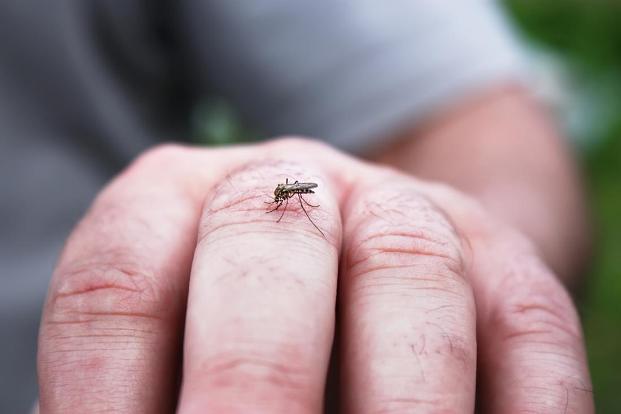Dengue fever: Complications and Prevention
Apr 19, 2022
Dengue is a disease which is spread by a mosquito known as Aedesaegypti .Once someone gets infected with 1 of the dengue viruses; they would develop immunity to the virus for rest of their life. However, we could still get infected with the other virus strains. It is quite possible to be infected by all 4 dengue viruses in our lifetime. The viruses which result in dengue fever are linked to the ones which result in yellow fever & West NiIe Virus Infection.

Complications: Dengue Fever
A minor percentage of people with dengue fever could develop a further serious disease called Dengue hemorrhagic fever.
The risk factors for developing dengue hemorrhagic fever comprise of-
- Being under 12 years of age
- Having antibodies to dengue virus from a previous infection
- Weak immune system
- Being female
Symptoms associated with Dengue Hemorrhagic Fever
- High fever
- Damage to the blood vessels
- Damage to lymphatic system
- Bleeding nose
- Enlargement of liver
- Gum bleeding
- Failure of circulatory system
The symptoms of the dengue hemorrhagic fever could trigger the dengue shock syndrome. The dengue shock syndrome is severe in nature and could cause excessive bleeding & even demise.
Prevention of Dengue Fever
No vaccine exists for prevention of dengue. The best way to protect is safety from mosquito bites & reduction of mosquito population. While staying in high risk zone, we should:-
- Avoid residential areas that are heavily populated
- Make use of mosquito repellents indoors & outdoors
- Use air-conditions instead of opening the windows
- Wear long-sleeved shirts & pants and tuck them into the socks
- Ensure that the doors and window screens are secure & holes (if any) are repaired
- Use a mosquito nets if sleeping area is not screened
Reducing mosquito population includes keeping safe from mosquito breeding areas.
Such areas involve any place where water could collect like:
- Pet dishes
- Bird paths
- Flower pots
- Empty planters
- Empty vessels
- Cans
Such areas should be checked , emptied and cleaned regularly.









